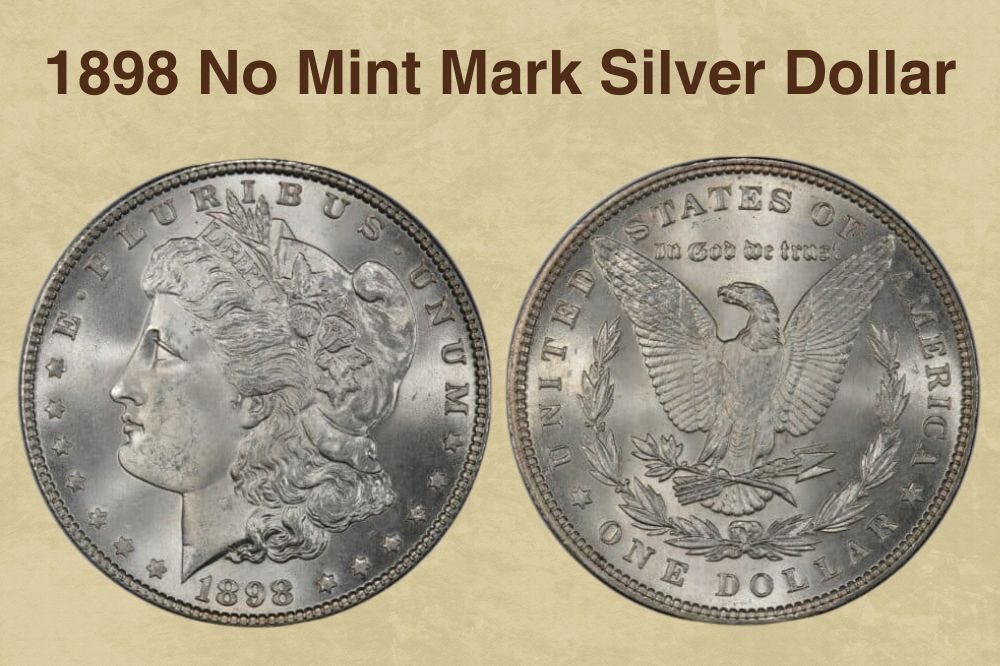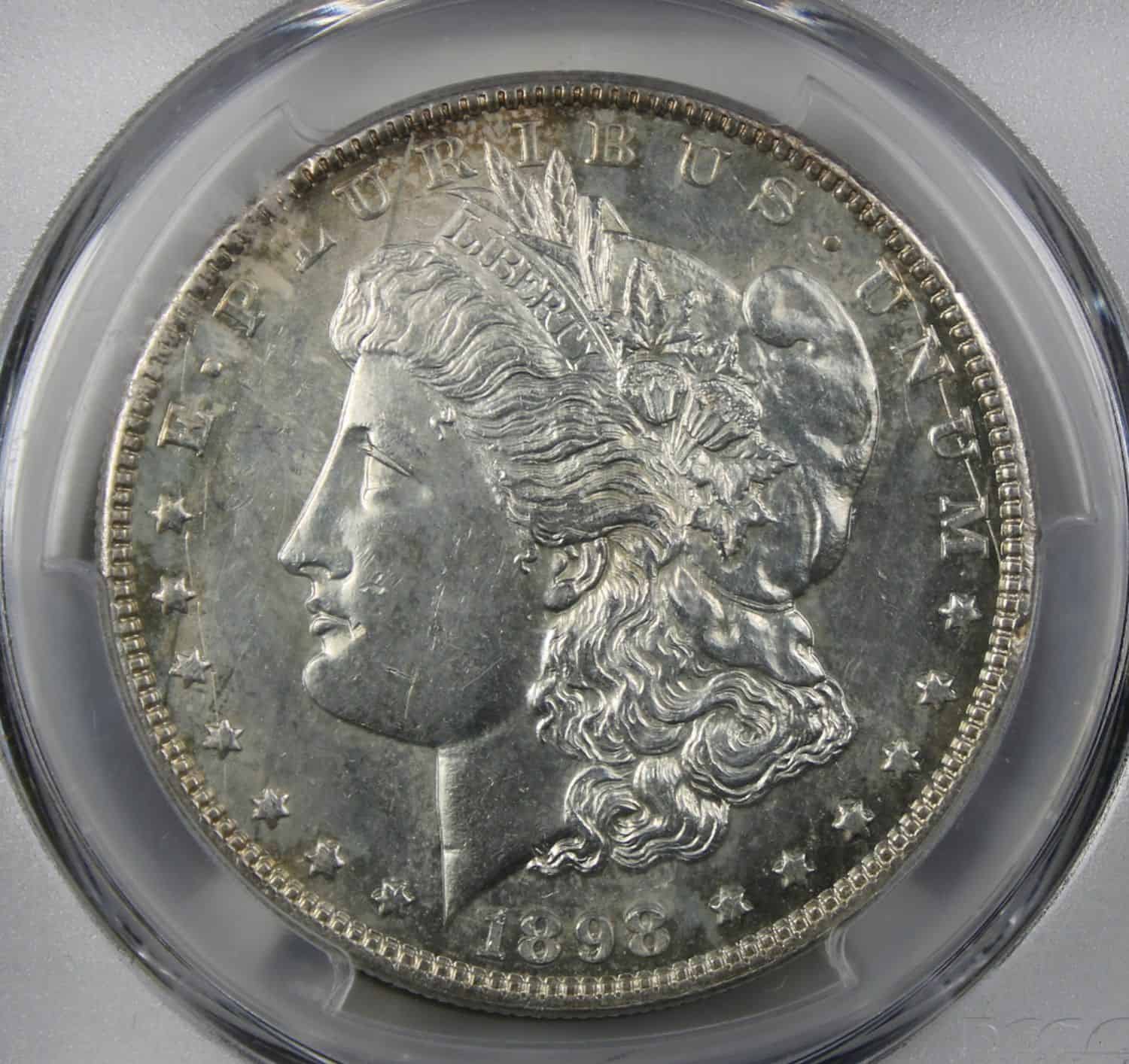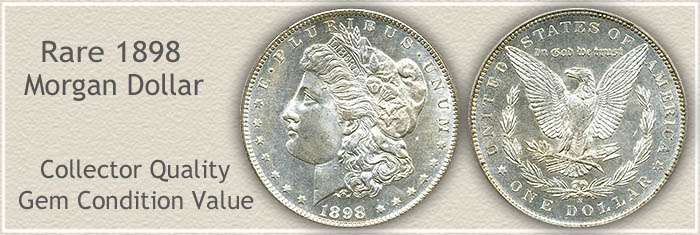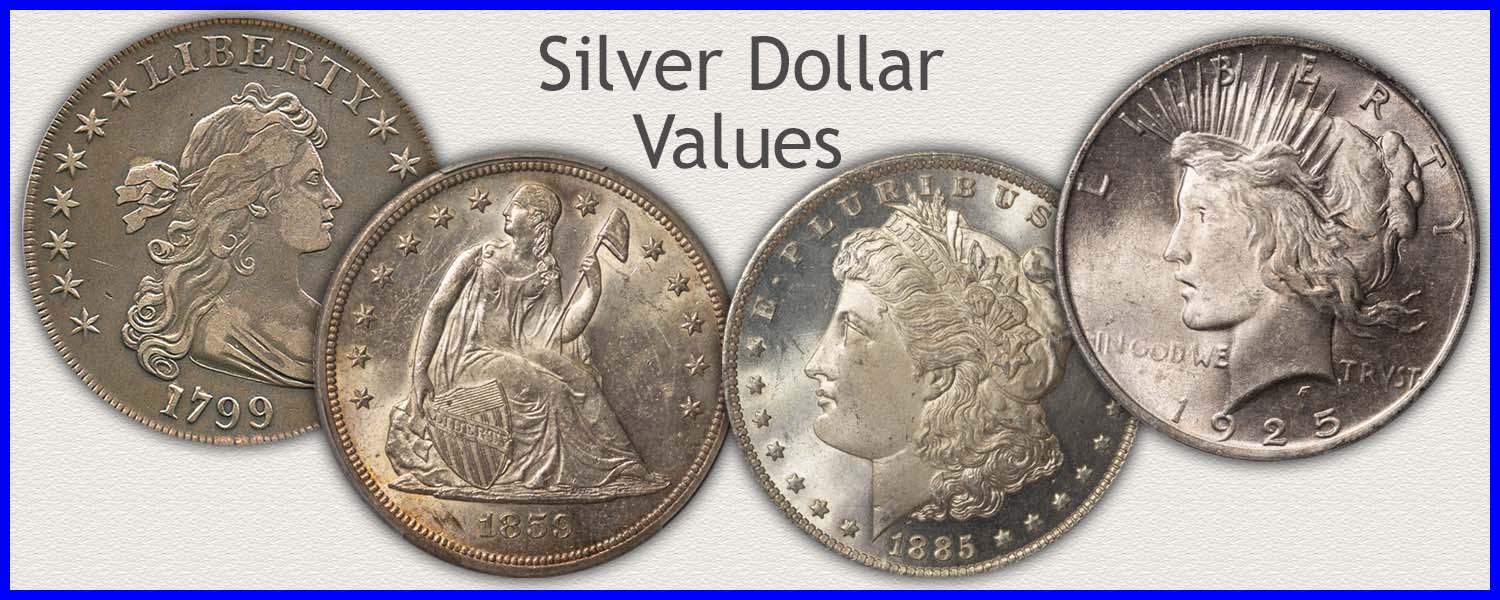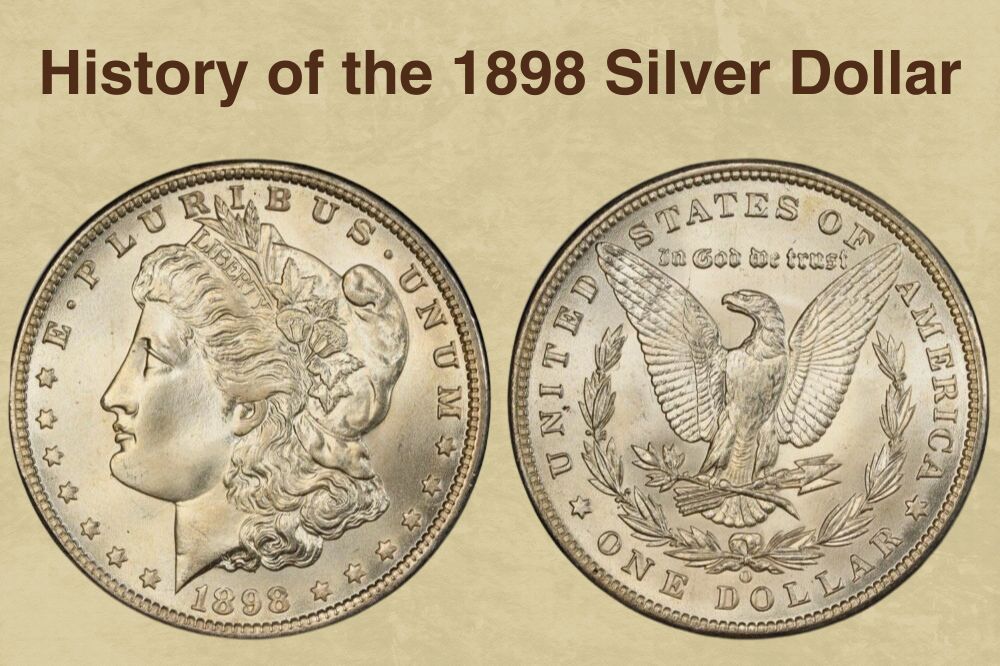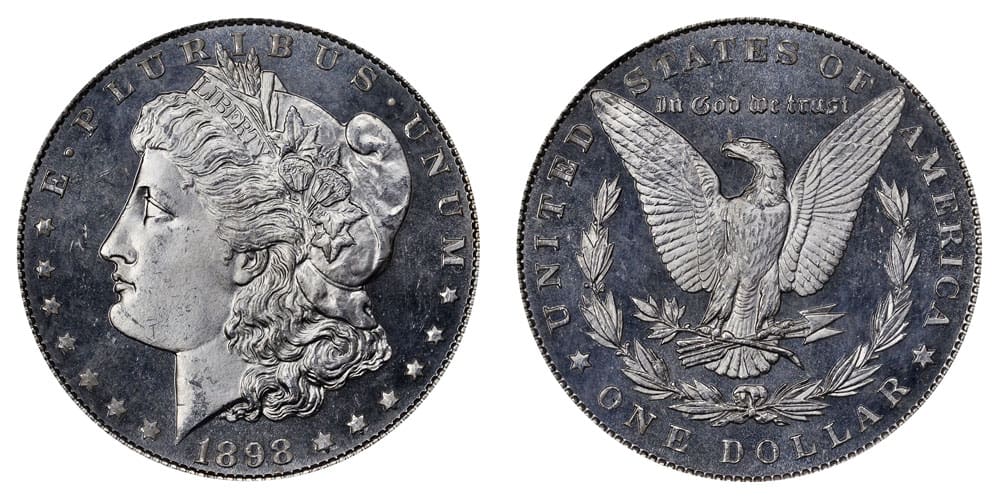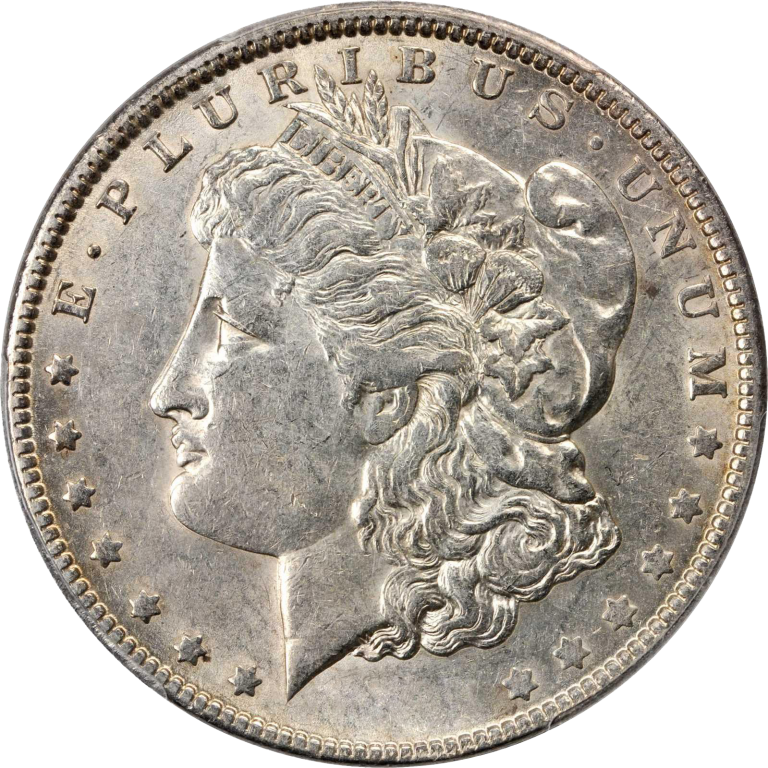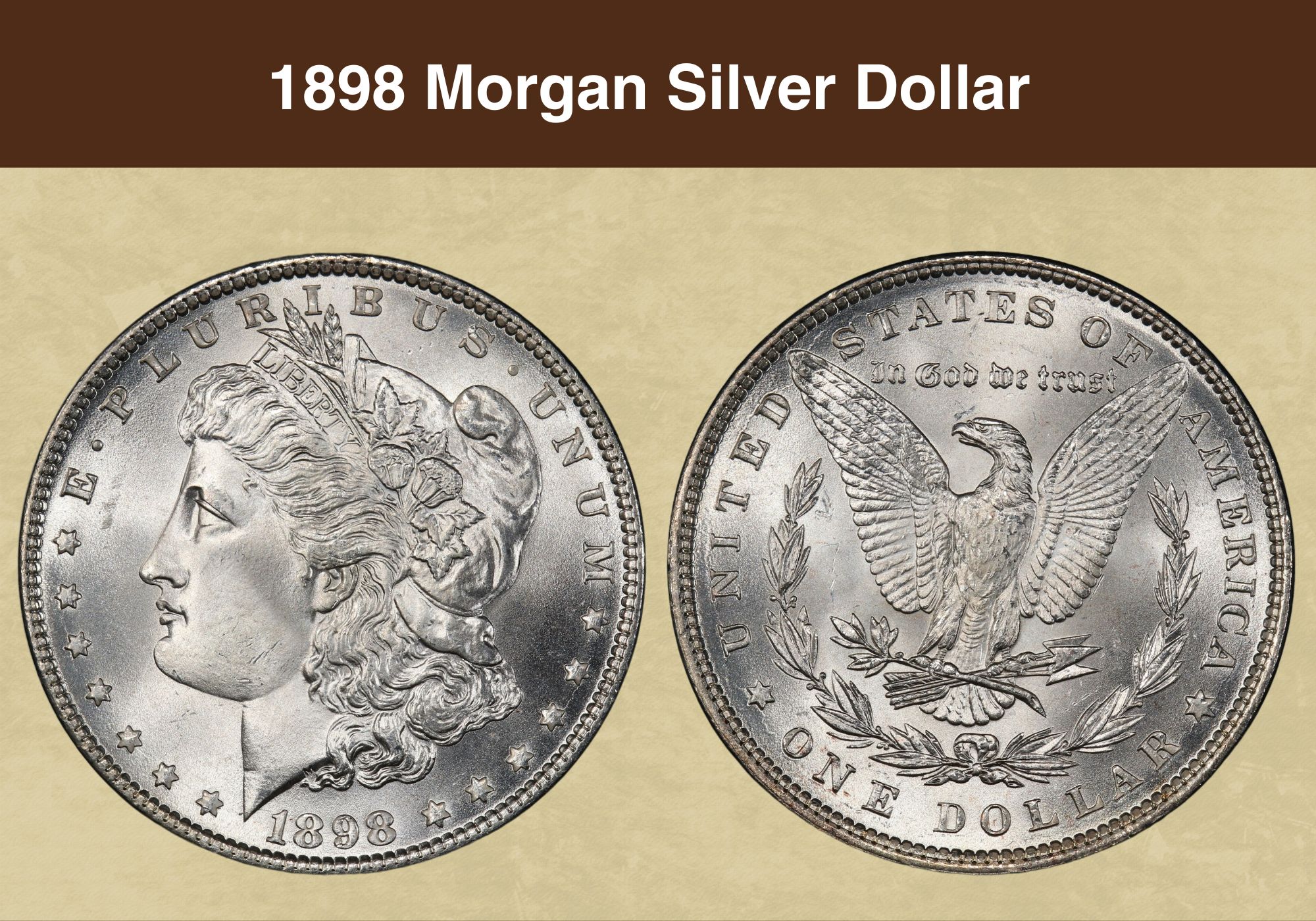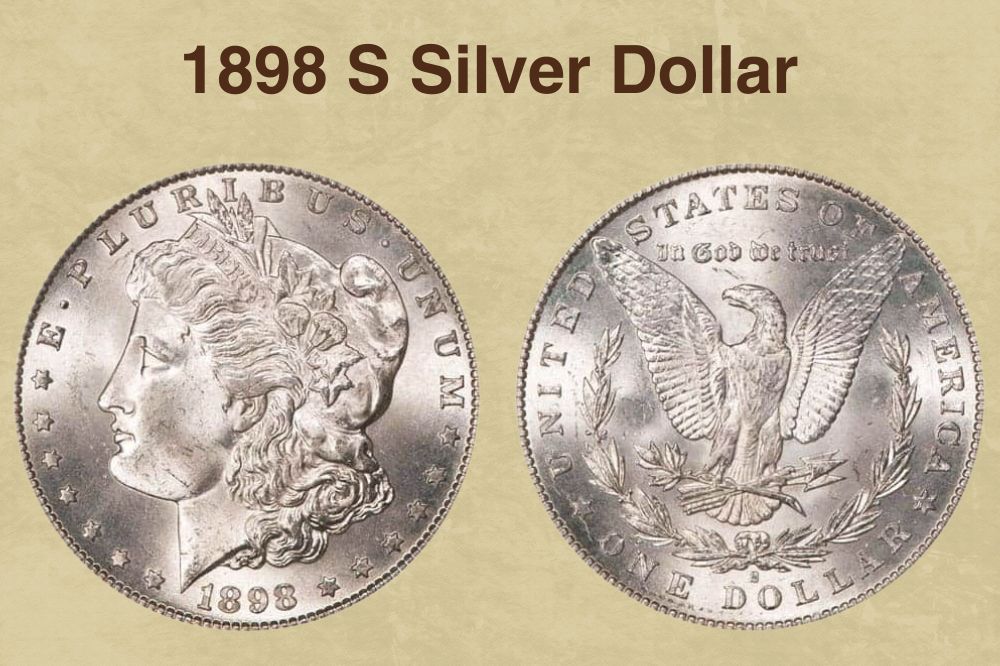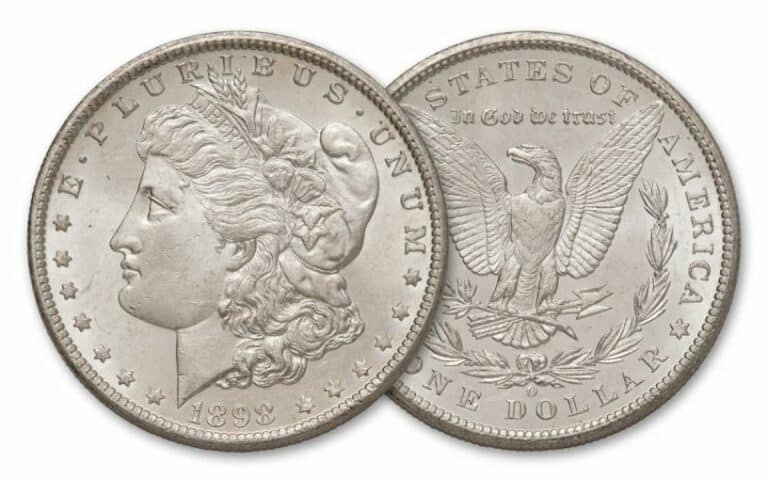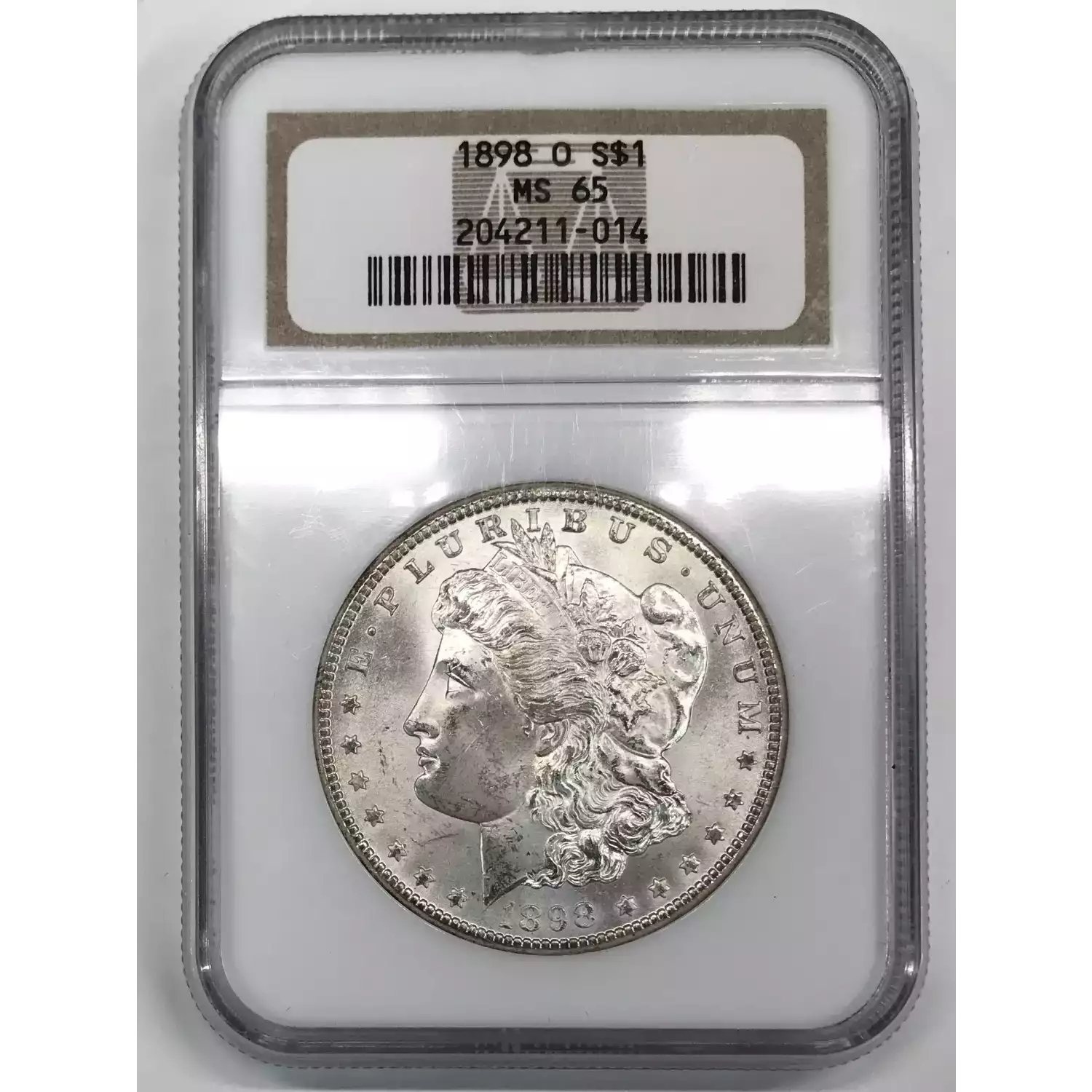Value Of A 1898 Silver Dollar
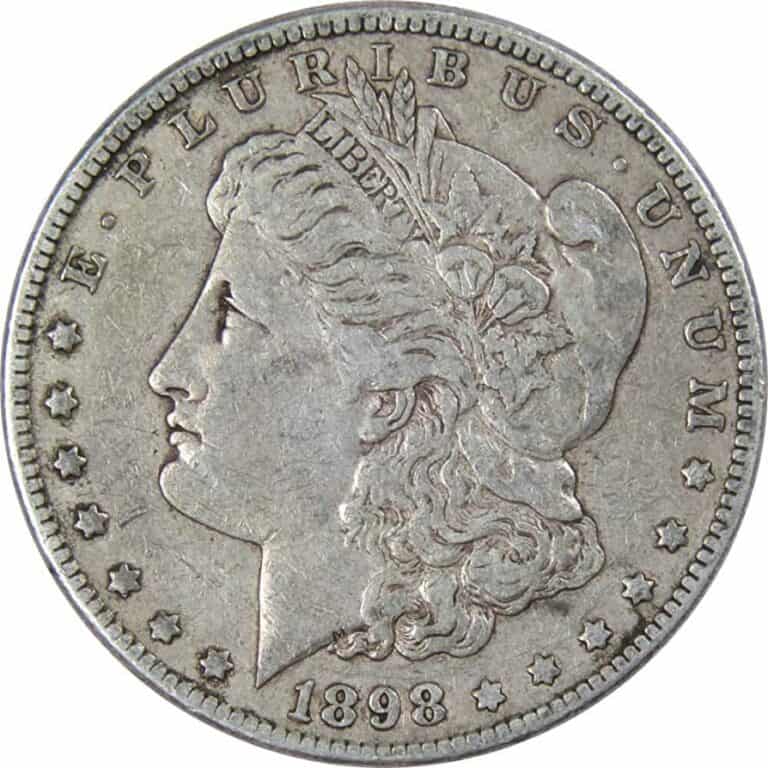
A seemingly ordinary 1898 silver dollar, tucked away in an attic or inherited from a grandparent, could be worth significantly more than its face value. The actual worth depends on a complex interplay of factors, including its mint mark, condition, and overall rarity.
This article delves into the valuation of 1898 silver dollars, exploring the intricacies of coin collecting and providing insights for both novice and seasoned numismatists.
Understanding the Basics
The 1898 silver dollar, officially known as the Morgan dollar, was part of a series minted from 1878 to 1904, and again in 1921. These coins are composed of 90% silver and 10% copper, containing approximately 0.77344 troy ounces of pure silver.
The Morgan dollar is named after its designer, George T. Morgan, and features Lady Liberty on the obverse (front) and an eagle holding arrows and an olive branch on the reverse (back).
Mint Marks Matter
The 1898 Morgan dollar was minted at several locations: Philadelphia (no mint mark), New Orleans (O mint mark), San Francisco (S mint mark), and Carson City (CC mint mark). The mint mark, if present, is located on the reverse, below the wreath.
The Philadelphia minted coins are generally the most common, while the Carson City coins are often the most sought-after due to their historically lower mintage figures. The scarcity of a particular mint mark significantly impacts the coin's value.
For example, an 1898-CC Morgan dollar in good condition will likely fetch a significantly higher price than an 1898 Morgan dollar from Philadelphia in the same condition.
Grading and Condition
The condition of a coin is a critical determinant of its value. Coins are graded on a scale from Poor (PR) to Perfect Uncirculated (MS70).
Grading considers factors such as wear, scratches, luster, and overall eye appeal. Professional grading services like PCGS (Professional Coin Grading Service) and NGC (Numismatic Guaranty Corporation) assign grades and encapsulate coins, providing authentication and a degree of standardization.
A circulated 1898 silver dollar, showing signs of wear, might only be worth slightly above its silver melt value, perhaps $25 to $35. An uncirculated coin, however, can command a premium, potentially reaching hundreds or even thousands of dollars, depending on the mint mark and specific grade.
Market Value Fluctuations
The market value of 1898 silver dollars is subject to fluctuations based on several factors, including the price of silver, collector demand, and broader economic conditions.
Silver prices can influence the base value of the coin, while heightened collector interest in specific varieties or mint marks can drive prices up. Economic downturns can sometimes lead to increased interest in precious metals as a safe-haven asset.
Coin values are influenced by supply and demand, like any other commodity. Online auction sites, coin shows, and reputable coin dealers are all sources for information on current market values.
The Allure of Carson City
The 1898-CC Morgan dollar holds a special place in the hearts of collectors due to its association with the Carson City Mint. This mint operated from 1870 to 1893 and was known for producing coins from silver mined in the Comstock Lode.
Coins from the Carson City Mint are generally scarcer than those from other mints, making them highly desirable. An 1898-CC silver dollar in uncirculated condition can easily fetch prices ranging from hundreds to thousands of dollars.
Because of their relative rarity and historical significance, 1898-CC Morgan dollars are prone to counterfeiting, emphasizing the importance of authentication by reputable grading services.
Human Interest: A Collector's Tale
Sarah Miller, a retired teacher from Ohio, recently discovered an 1898-O silver dollar in her late grandfather's collection. While initially dismissing it as just an old coin, she decided to have it appraised.
To her surprise, the coin was graded as Very Fine (VF) and valued at over $100 due to its relative scarcity and well-preserved condition. Miller plans to use the money to fund a trip to visit her grandchildren.
This story illustrates the hidden potential and historical value that can be found in seemingly ordinary coins. It also highlights the joy and surprise that coin collecting can bring.
A Word of Caution
It is crucial to exercise caution when buying or selling coins, especially high-value items like 1898 silver dollars. Always deal with reputable dealers and consider having coins professionally graded.
Be wary of overly optimistic valuations and learn to recognize the signs of counterfeit coins. Thorough research and due diligence are essential to avoid disappointment.
The numismatic world offers both opportunities and risks. Education and awareness are keys to success.
Conclusion
The value of an 1898 silver dollar is far more than its face value, influenced by its mint mark, condition, and market dynamics. A common date Philadelphia coin in circulated condition might only be worth a small premium over its silver melt value.
A scarce mint mark like Carson City, coupled with a high grade, can significantly increase its value, potentially reaching thousands of dollars. Whether you are a seasoned collector or a curious novice, understanding the factors that influence coin valuation is essential.
So, before you dismiss that old silver dollar, take a closer look. It might just be a hidden treasure waiting to be discovered.



